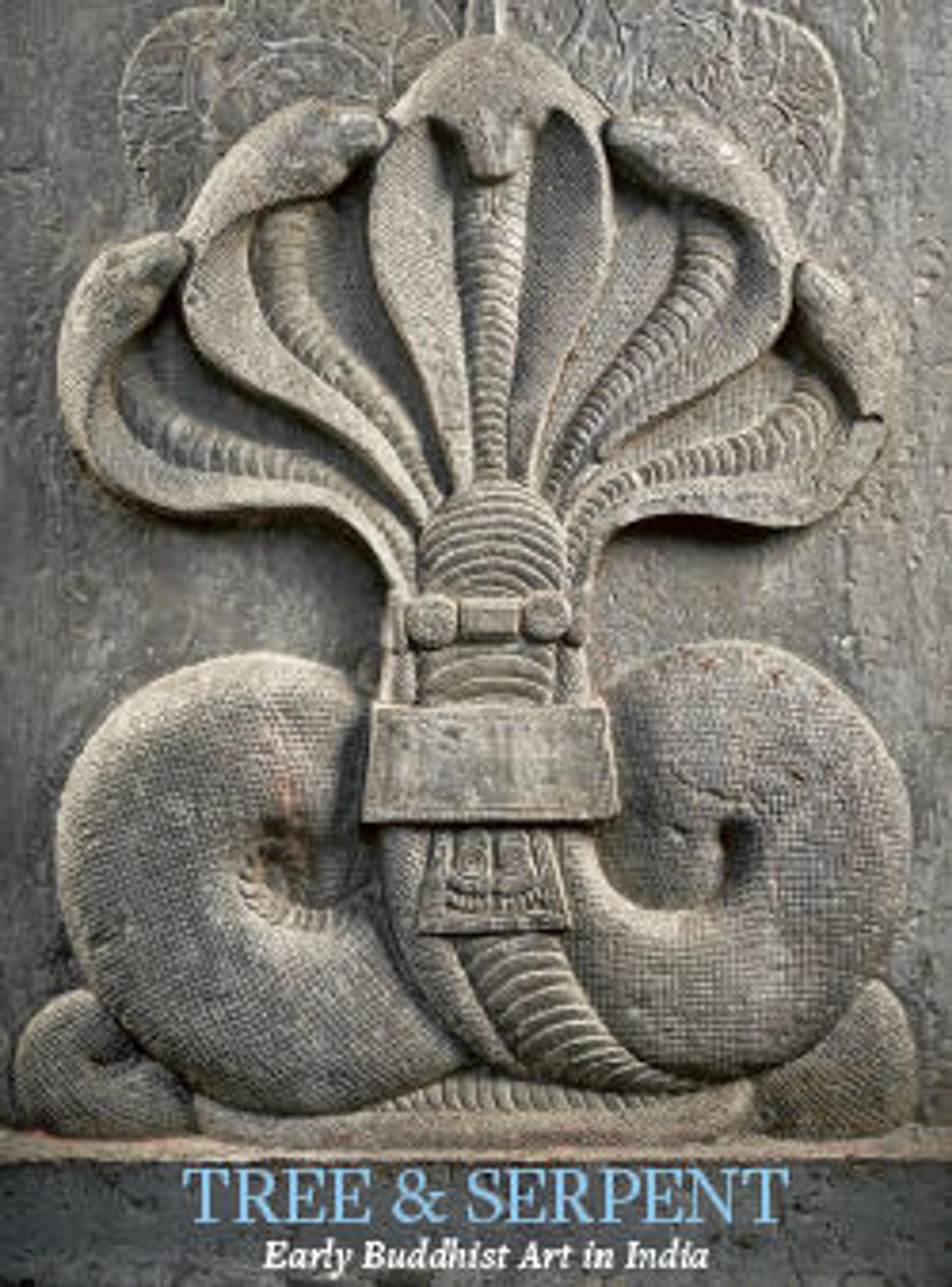Buddha offering protection
The production of cast-metal images marked a new stage in Buddhist devotional practice. Rituals and texts for their care and worship became regular features of monastic life by the middle of the first millennium. This bronze Buddha represents the later development of Deccan Buddhist imagery, which grew stylistically out of the stone sculpting tradition. This is seen in the body’s symmetrical frontality and the drapery’s curvilinear folds. The Buddha has traces of an inscription on the pedestal that names a monastery—otherwise unrecorded—and a donor. The script firmly dates this icon to the fifth-century Deccan, in all likelihood the Andhra territories.
Artwork Details
- Title:Buddha offering protection
- Period:Visnukundin
- Date:5th century CE
- Culture:India, unknown provenance in the Deccan, likely Andhra Pradesh
- Medium:Copper alloy
- Dimensions:H. 16 in. (40.6 cm) W. 5 1/4 in. (13.3 cm); D. 4 1/2 in. (11.4 cm)
- Classification:Sculpture
- Credit Line:Purchase, The Chinese Porcelain Company Gift, 1998
- Object Number:1998.414
- Curatorial Department: Asian Art
More Artwork
Research Resources
The Met provides unparalleled resources for research and welcomes an international community of students and scholars. The Met's Open Access API is where creators and researchers can connect to the The Met collection. Open Access data and public domain images are available for unrestricted commercial and noncommercial use without permission or fee.
To request images under copyright and other restrictions, please use this Image Request form.
Feedback
We continue to research and examine historical and cultural context for objects in The Met collection. If you have comments or questions about this object record, please contact us using the form below. The Museum looks forward to receiving your comments.
